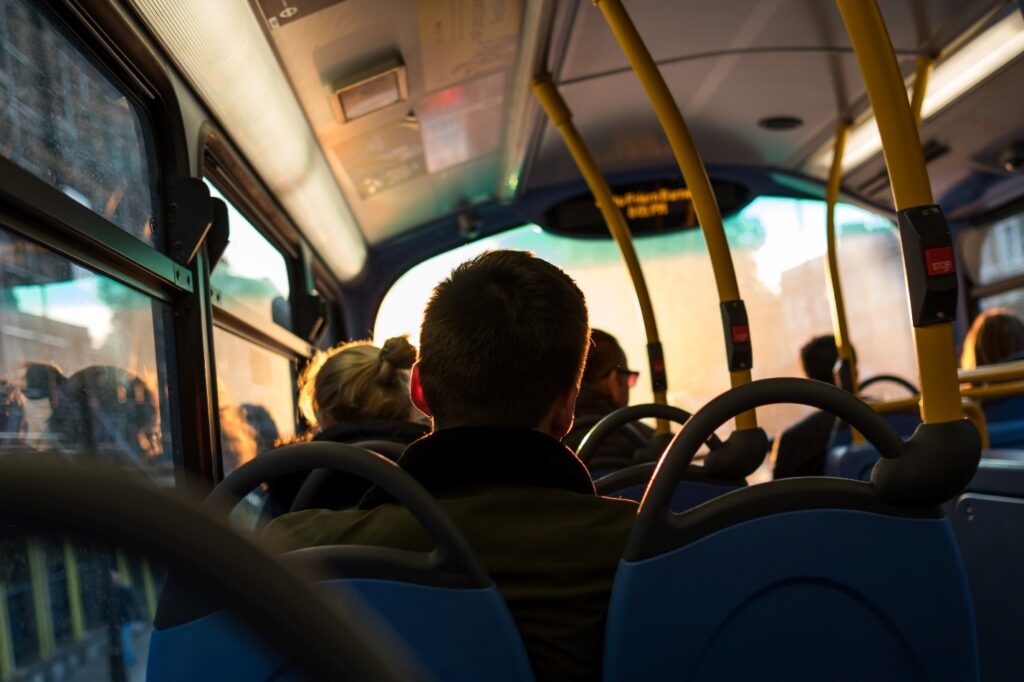While public transportation takes numerous forms, you can describe it as a system that efficiently and affordably transports people from one location to another. Local governments fund and run the vast majority of public transit systems. These vehicles may operate within a city or connect two cities as an alternative to private travel and to reduce unnecessary walking time. Given below are some of the significant benefits of traveling by public transport.
Improves The Health Of The Community
For decades, city planners have relied on public transit to help communities improve their health and well-being. Riders of public transportation must walk from their front doors to a local transit stop and return increasing physical activity and assisting in the fight against obesity. Using public transportation, people may get the necessary 30 minutes of daily physical exercise.

Benefits To The Community’s Economy
Every dollar spent on public transportation may result in a few dollars of return on investment in the community. It can help support a workforce for essential renovations, establish commercial clusters, and attract business and pleasure visitors. When walking to a transport station rather than driving, people can more easily stop for a snack or coffee. As a result, small enterprises can also gain. Also, if a homeowner wants to sell a home close to a public transit station, they may receive a better offer, which is beneficial to both the seller and the city’s general tax base.
Enhances Fuel Economy
The ability to outfit buses and other public transit vehicles with alternative fuel sources is one of public transportation’s most significant technological advantages. Some systems are entirely electric or run on renewable energy sources. Even when compared to other gas-powered vehicles, public transit is more fuel-efficient. When you multiply the average kilometers per liter by the number of private automobiles on the road vs. transit buses or trains, it is clear that public transportation consumes less fuel.
Reduces Air Pollution
Less gasoline consumed for communities that incorporate public transportation implies improved air quality. Day-to-day commutes account for approximately 85 percent of transportation-related greenhouse gas emissions. A person can save up to 9 kgs of carbon dioxide per day by keeping their automobile at home.

Reduces Traffic Congestion
No one enjoys being trapped in traffic, yet expanding populations necessitate road infrastructure improvements, which may be costly and time-consuming. On the other hand, road work can sometimes make things worse before they get better. Another advantage of public transportation is that with more people using buses, trains, and other public transit forms, there are fewer automobiles on the road to generate traffic congestion.
Boosts Commuters’ Productivity
When a person is behind the wheel, they should only focus on driving. Many states have regulations prohibiting using a smartphone at all while driving. The inability to multitask while driving might result in hours of wasted time. Riders on public transit, on the other hand, have the opportunity to be more productive with their time throughout their journey. People can sleep, read, and relax on the ride to work.
Conclusion
Public transit is excellent for various reasons, including strengthening economic health, reducing inequality caused by the pressure of owning a car, improving the environment, reducing the number of deaths and injuries caused by cars, and many others. As a result, each nation’s government must devote greater attention to city public transport concerns to realize all of the advantages.


